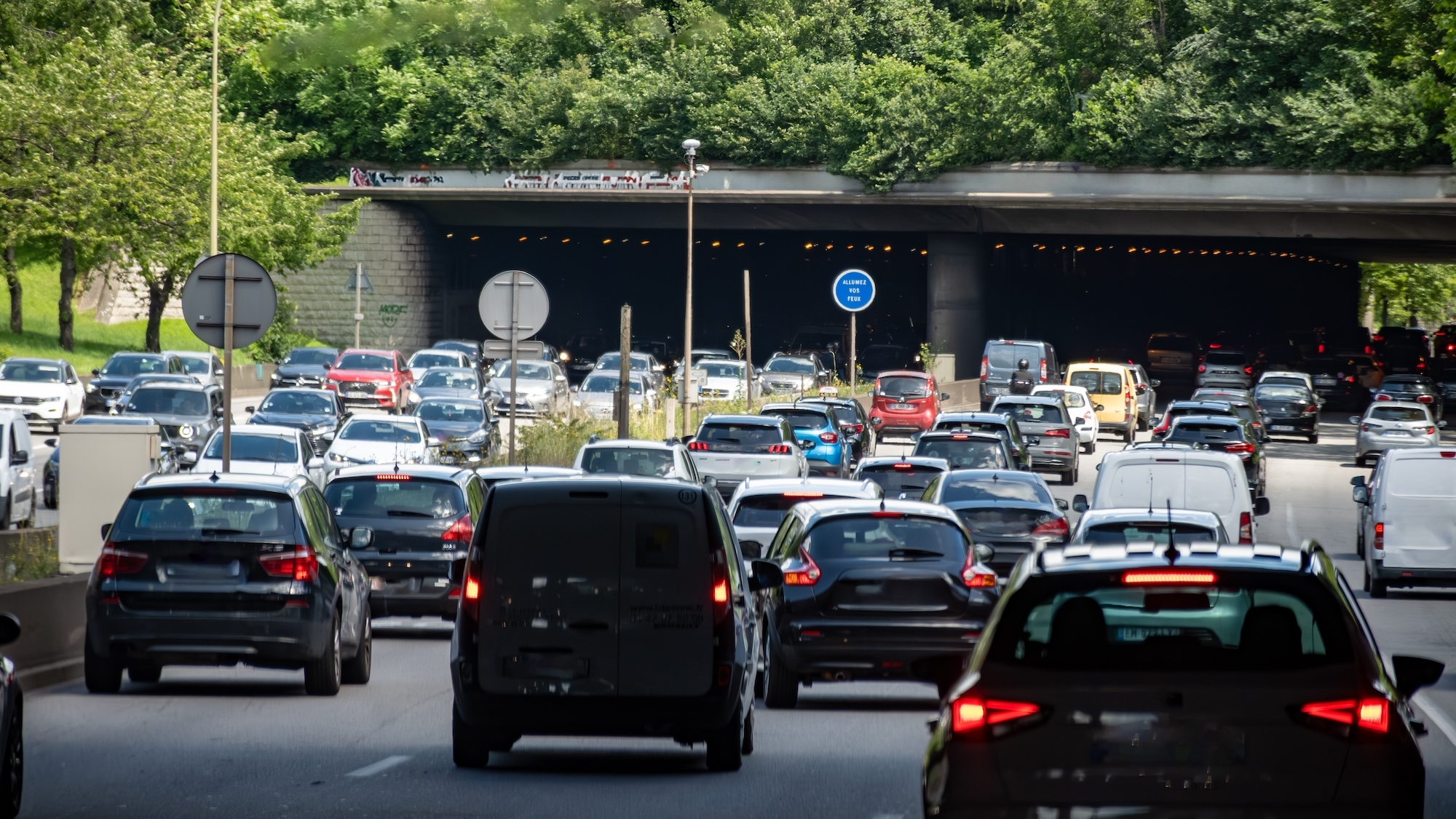It's official! This Monday, September 9, the Mayor of Paris has taken an exciting step beyond just talking about her desire to reduce the speed on the périphérique boulevard. She's made it super official by announcing a specific date: October 1. This speed limit will be rolled out much sooner than expected, as just a few days ago, Hidalgo was only mentioning the "course of autumn".
A widely contested decision
This isn't the first time our mayor has faced the anger of Parisians. However, this time it seems she is truly alone against everyone. The speed reduction on the périp', aimed at cutting down on the environmental and noise pollution, is clearly not a popular choice among the two last governments either, nor with many of the users, some of whom even think it's a counterproductive decision.
Le 1er octobre, nous passerons le périphérique à 50kl/h.
— David Belliard (@David_Belliard) September 9, 2024
Cette décision sera rendue effective par la Maire de Paris, comme nous l'avions annoncé ! Pour protéger la santé de celles et de ceux qui vivent à côté du periph', et pour véritablement transformer cette autoroute qui… pic.twitter.com/zkzO0TDtCq
To justify this decision, the mayor claims that the average speed on the axis rarely exceeds 60 km/h (at night), dropping to 34 or 40 km/h during peak hours. However, according to some, a new speed limit would only strengthen the traffic jams. In any case, the mayor of Paris is determined to see it through, no matter the consequences. But while the speed on the axis is indeed determined by the City, the speed cameras are managed by the Prefect of Paris, who can still partially oppose this measure (or at least make it almost useless).
A ring road in full transformation
Another reason for users' anger towards this new restriction on movement in Paris: the retention of the Olympic lanes are a hot topic! Indeed, ever since last night, the (wonderful) period of the Olympics and the Paralympics is definitely
Bientôt elle va interdire les voiture sur le periph https://t.co/Q2BJqfAbMO Still asked by Ouest France, the elected official shared their desire to keep these special lanes, this time setting them aside for folks practicing carpooling. This would mean a big reduction in the number of traffic lanes, which, when combined with the 20 km/h speed limit reduction, could definitely lead to major traffic complications on the ring road. We'll have to wait and see how all these measures unfold in the coming months. But hey, if these decisions help reduce the number of cars on the road each day, then why not!
